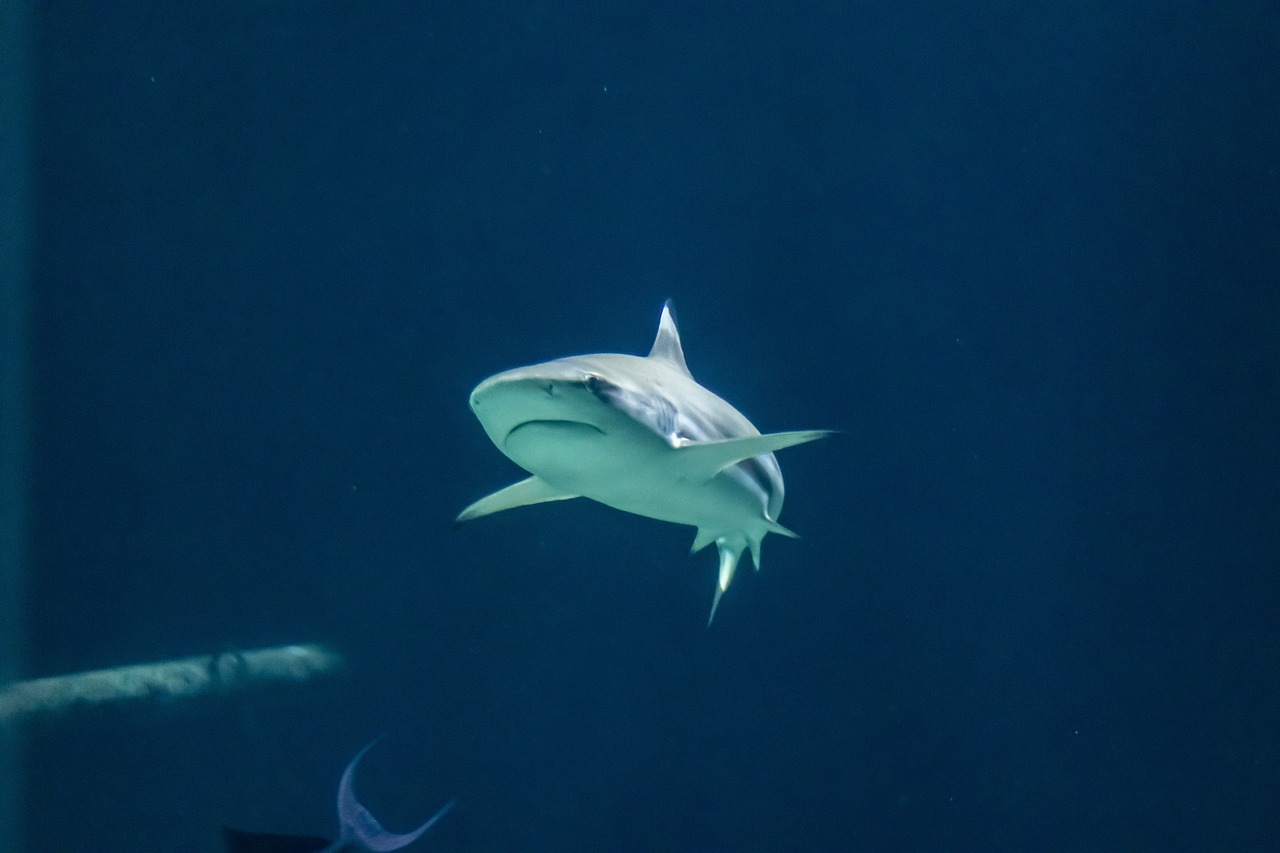
Ever since we first watched “Finding Nemo” and watched Bruce, the great white shark, lose control of himself when he smelled a drop of Dory’s blood, many have viewed the event as an unbreakable rule for the massive predator.
Of course we didn’t wait for the animated movie to discover their weak blood. Many are even convinced that they can smell it from miles away.
Mark Robert, the former NASA engineer turned YouTuber, had that impression too, and said he wanted to test the theory “for as long as possible” — so he did just that in July 2019.
The 44-year-old headed to a shark-infested area 20 miles off the Bahamas to conduct his experiment, accompanied by marine biologist and shark diving expert Luke Teeple.
“First I wanted to prove that they really prefer blood over any other smell.”
Mark told his fans that he devised a “robust testing procedure” and built a “NASA-grade material” himself to see if the theory about blood and sharks was true.
“I planned to test their ability to smell a single drop of blood in water, but first I wanted to prove that they preferred blood over any other smell,” he explained.
Experience
To do this, he set up four surfboards that pumped out two liters of different liquids: fish oil, cow blood, seawater, and urine.
These fluids flowed into the ocean over the course of an hour, while Mark and Luke watched from their boat and took drone footage to record how many sharks visited each panel.
The first 10 minutes passed without much movement near any of the boards – which Mark said was very reassuring for people worried about suddenly bleeding into the ocean or worried that peeing in a wetsuit might attract sharks.
“One would think that a little blood would result in a huge swarm, but that is not the case so far,” he says.
The question now is how much blood?
Activity seemed to resume after 20 minutes, although the monsters were not flocking to the boards.
At the end of the experiment, the team found that four sharks went to examine the fish oil, and none of them were disturbed by sea water or urine, but the blood-filled plate was immediately visited by 41 sharks.
“Now that we’ve dispelled some surfer myths about urine and proven that sharks definitely prefer blood over anything else, the real question is exactly how much blood do sharks care about,” Mark continues.
The second phase
This time 3 surfboards were used, two with blood donated by the participants themselves, and one that simply pumped seawater. The plate with the water pump was placed in the middle, and it simply moved the water around it.
Of the other two, one released blood at a slow rate of 1 drop per minute, while the other released blood at a fast rate of 1 drop every 4 seconds. The results were interesting to say the least.
No shark has, in a long period of time, approached any of the three panels, giving an indication that the image of a monster losing its “reason” and turning into a ruthless predator at the sight of blood may not be true.

“Avid problem solver. Extreme social media junkie. Beer buff. Coffee guru. Internet geek. Travel ninja.”





More Stories
In Greece Porsche 911 50th Anniversary – How much does it cost?
PS Plus: With a free Harry Potter game, the new season begins on the service
Sony set to unveil PS5 Pro before holiday season – Playstation